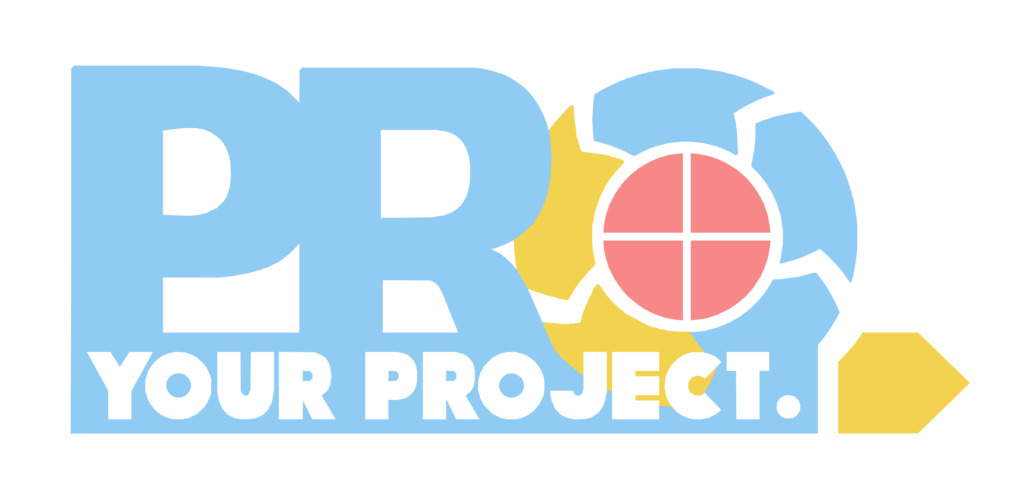We are going to look at some key foundational terms which will be used in future posts. If you do any amount of project management, I guarantee that you will hear these on the job as well.
Project Phases
In general, projects have a series of phases that they must go through called the Project Life Cycle. Usually*, the project life cycle has 5 phases:
- Initiation: Defining the project at a high level and obtaining approval.
- Planning: Detailing how to achieve the project’s objectives.
- Execution: Carrying out the project plan by coordinating people and resources.
- Monitoring & Controlling: Tracking the project’s progress and making necessary adjustments.
- Closure: Finalizing all activities, delivering the project to the stakeholders, and closing it down.
*Note: in a straight forward, simple waterfall project you will go through all 5 phases. However, in more complicated or large projects, you may have multiple execution phases – all of which will need to be closed before you can close the project.
For example: in a large CRM software implementation that will be used across the company you might see the execution phases broken out like this:
- Phase 1: MVP (Most Viable Product) build and release
- Phase 2: Accounting build and onboarding
- Phase 3: HR build and onboarding
- Phase 4: IT build and onboarding
After each phase, you will hold a lessons learned meeting to gather feedback for how the project went during that phase of work. This gives the project manager and the team the opportunity to implement any suggestions for the next phase. Assuming the project is complete after Phase 4 is complete, then the project manager can begin the larger project closeout processes.
Iron Triangle

The iron triangle is made up of the project scope, schedule, and cost. This is the “holy trinity” of project management. The key with this concept is that the three elements are interdependent*. If one aspect changes, the others need to change to accommodate it.
- Scope: the work that is included and excluded in the project.
- Schedule: The schedule or timeline for the project.
- Cost: The budget for the project.
*Note: In a waterfall project, the project manager works to keep all three elements in check and the project is generally managed with the end date in mind. So, if a project is behind schedule, you may need to descope some work or add more people to the project to get the work done sooner. However, in an Agile project, the project is managed to one of the three elements. For example, if the project needs to be completed by a specific date, then the scope and the cost must remain flexible to meet the deadline.
Other Essential Terms
- Stakeholders: Anyone with an interest in the project’s outcome. This can include the project team, clients, suppliers, and even the public.
- Deliverables: Tangible or intangible outputs produced as part of the project.
- Milestones: Significant points or events in the project timeline that mark progress.
- Risk Management: The process of identifying, analyzing, and responding to risks that could impact the project.
Photo by Alvaro Reyes on Unsplash


0 responses to “Essential Project Management Terms Explained”